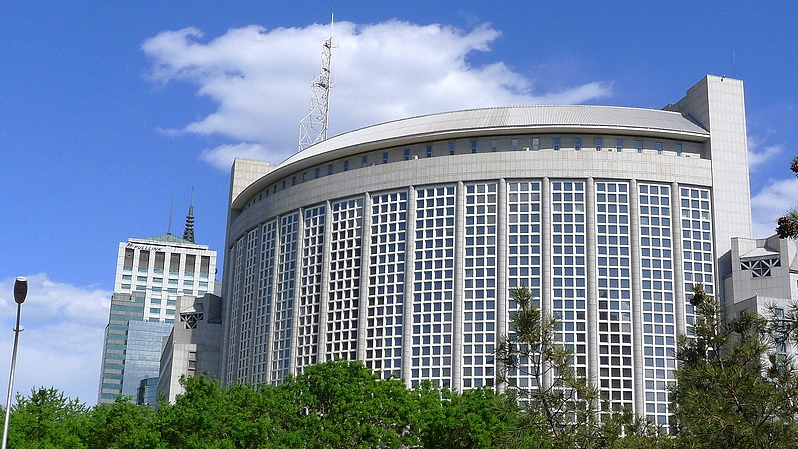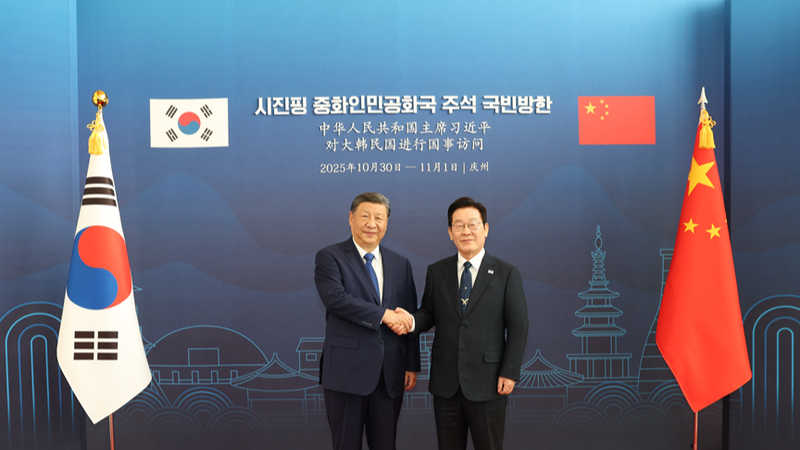On May 28, the icebreaker Xuelong-2 glided into Haikou City, Hainan Province, on the southern Chinese mainland, marking the triumphant end of a 208-day, 40,000-nautical-mile voyage. It wasn't just any polar mission: it made history as the world's first multinational expedition dedicated to studying the Antarctic ocean during its critical autumn freeze-up.
The Chinese mainland's 41st Antarctic expedition brought together 91 experts and students from nine countries and regions, including Australia, the Republic of Korea, the United States, Malaysia, Norway, Thailand, New Zealand and the United Kingdom. Among them, ten faculty members and students from the School of Oceanography at Shanghai Jiao Tong University joined forces with international peers, underlining a new era of collaborative polar science.
Between March 27 and April 15, teams braved temperatures near minus 20°C to survey 24 sampling stations across four transects. In total, they collected more than 5,000 critical specimens, ranging from water-column samples and membrane filtrates to sediment cores, sea ice shards and biological specimens, laying the groundwork for a more detailed picture of this remote ecosystem.
With these samples in hand, researchers completed the first-ever systematic study of key Antarctic trophic levels: zooplankton, Antarctic krill, mesopelagic fish, seabirds and marine mammals during the autumn freeze-up. Their findings shed light on how polar life adapts to extreme low-light conditions and reveal new pathways for carbon transport into the deep ocean as the ice forms.
This pioneering mission not only advances our understanding of the Southern Ocean's role in the global climate system but also showcases the power of international teamwork. As polar regions face unprecedented change, these insights promise to refine climate models, inform conservation strategies and inspire the next generation of global researchers.
Reference(s):
A world 1st: Xuelong-2 wraps up Antarctic autumn ecosystem mission
cgtn.com




